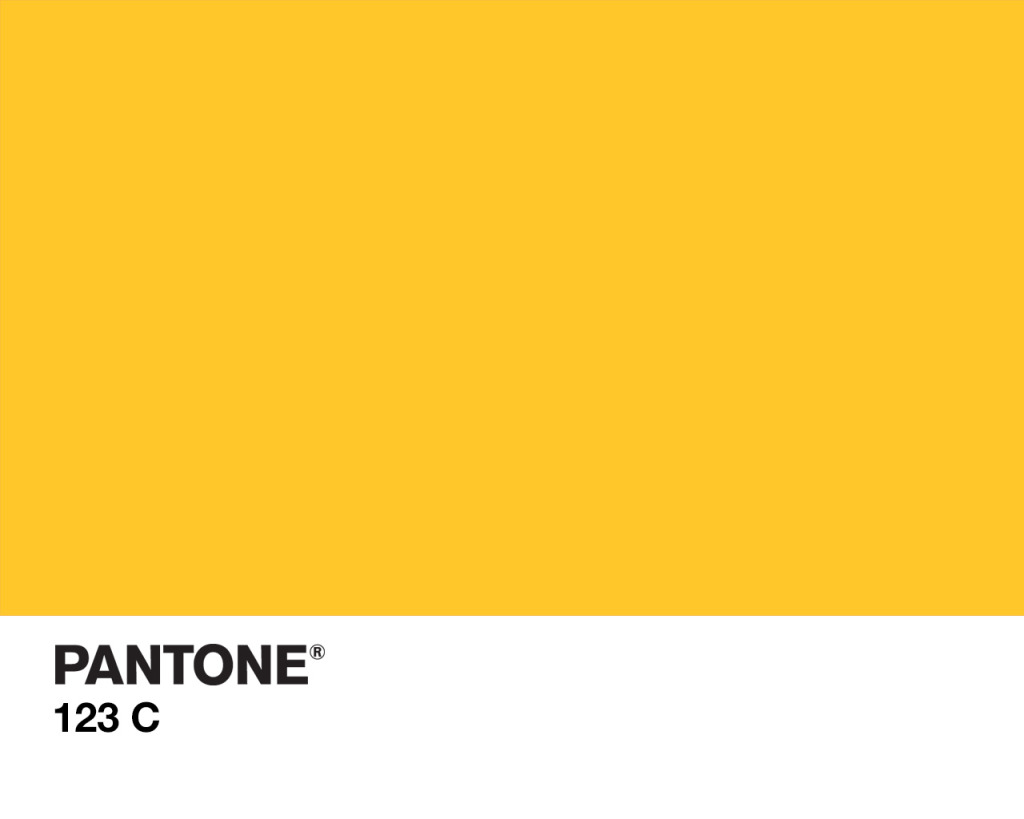Lee Gutkind, founder and editor of Creative Nonfiction, wrote an article in the New York Times back in 2013 about the importance and function of scene in writing nonfiction. The article is aptly named “The Yellow Test,” which is the technique Gutkind proposes writers use in order to check that their work is scene-heavy. The test simply involves highlighting all scenes in yellow. In general, the more yellow a piece is, the better. Scene, according to Gutkind, is what brings creative nonfiction to life. In his article, he refers to research showing scene as essential to the effectiveness of a story when considering levels of reader engagement and the reader’s ability to recall the story. Gutkind summarizes how “The Yellow Test” can be best utilized when he writes:
“The beginning [of a scene] engages a reader, makes a promise. The end of the scene fulfills the promise and makes the audience want to know what will happen next, moving the action forward, ideally to another scene, another block of yellow, until the whole story is told and your point is established.”
Perhaps you have heard of this technique before, and maybe you have employed it, and already have a story anchored by large chunks of scene. But how do you know which scenes are the right ones to include? How do you know which are the most powerful, which embody the heart of your story? Gutkind has advice for this too. If you want to locate your most hardy scenes, Gutkind suggests on his You Can’t Make This Stuff Up Blog that you ask yourself, “Where does it make you bleed?” and then follow your narrative as it bleeds out from that wounding starting point. The question “Where does it make you bleed?” is meant to help writers pinpoint their actual spatiotemporal location when they most extremely felt, or feel, the emotion that is propelling them to write about their chosen topic. In the blog post, Gutkind gives us an excerpt of a conversation between Josh Susong, a story editor at the Arizona Republic, and Gutkind’s own student Katie, who is trying to write from a place of frustration in which she has found herself as a math teacher. See the conversation between Josh and Katie here, and read more about “The Yellow Test” here.









